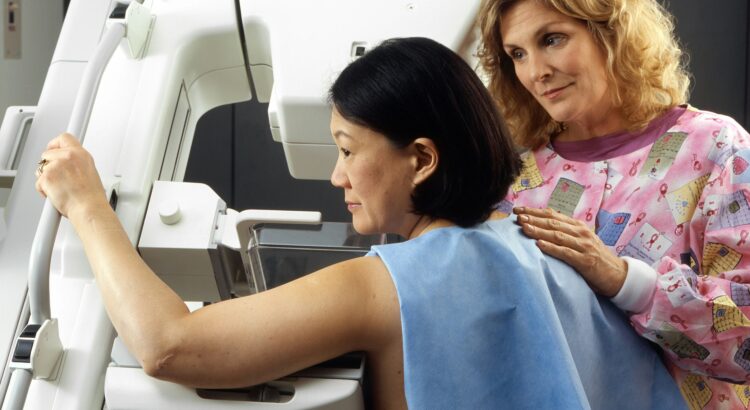Understanding the 10-Panel Drug Test: A Comprehensive Guide
Introduction to Drug Testing
In today’s world, drug testing has become a common practice across various fields, from employment to law enforcement. The purpose of such testing is to ensure safety, compliance with regulations, and to maintain a drug-free environment. Among the different types of drug tests available, the 10-panel drug test is widely used due to its broad detection spectrum. Let us delve into what a 10-panel drug test entails and why it’s pivotal in today’s substance monitoring strategies.
What is a 10-panel drug test?
A 10-panel drug test is a screening tool used to detect the presence of ten different types of substances in a person’s body. These substances include both illegal drugs and prescription medications that have the potential for abuse. The test is commonly administered through urine samples but can also utilize blood, saliva, or hair, depending on the testing facility’s protocols.
The Substances Covered
The standard 10-panel drug test typically screens for the following substances:
1. Amphetamines, including methamphetamine
2. Barbiturates, such as phenobarbital
3. Benzodiazepines, including medications like Valium and Xanax
4. Cocaine
5. Marijuana (THC)
6. Methadone, often used in pain management and opioid treatment programs
7. Opiates, which include heroin, codeine, and morphine
8. Phencyclidine (PCP)
9. Propoxyphene, a pain reliever that has been discontinued in the U.S.
10. Quaaludes, also known as methaqualone, which are no longer legally available in the U.S.
Administration and Procedure
The administration of a 10-panel drug test is a straightforward process. Individuals are asked to provide a urine sample in a controlled environment to prevent tampering or adulteration. The collected sample is then sent to a laboratory for analysis. Rapid tests may also be conducted on-site, offering immediate results, but these are usually followed by laboratory confirmation to ensure accuracy.
Applications of the 10-Panel Drug Test
What is a 10-panel drug test used for in various sectors? This test is employed in diverse scenarios such as:
– Pre-employment Screening: Many employers require candidates to undergo drug testing to ensure they are not engaging in illegal drug use.
– Workplace Drug Testing: Existing employees may be tested regularly or randomly to maintain a safe and productive work environment.
– Legal or Forensic Purposes: In cases of accidents, crimes, or custody battles, drug testing can provide vital evidence.
– Rehabilitation Centers: To monitor patients’ progress in recovery programs.
– Sports Organizations: Athletes are frequently tested to enforce a drug-free competition policy.
The Importance of Accurate Results
Accuracy in drug testing is paramount, as the implications of a positive result can be life-altering. Laboratories conducting these tests adhere to strict quality control measures to ensure the reliability of the results. In the event of a positive result, a confirmatory test, usually gas chromatography-mass spectrometry (GC-MS), is performed to validate the findings.
Interpreting the Results
Understanding the results of a 10-panel drug test requires expertise. A negative result indicates that none of the ten substances tested were detected at levels above the established cutoffs. A positive result means that one or more substances were found at concentrations high enough to surpass the threshold, which may require further investigation or action.
Legal Considerations and Privacy
It’s crucial to note that there are legal considerations associated with drug testing. Employers and institutions must follow federal, state, and local laws to ensure that the testing process is conducted lawfully and that individuals’ privacy rights are respected.
Limitations and Potential for False Positives
While the 10-panel drug test is a powerful tool, it is not without limitations. False positives can occur, often due to cross-reactivity with other substances or medications. If someone believes their test result is inaccurate, they have the right to challenge it and request a retest or additional confirmation.
Advancements in Drug Testing Technology
Drug testing technology is continuously evolving, with improvements in sensitivity, specificity, and the ability to detect a broader range of substances. Advanced methods enable the detection of synthetic drugs and prescription medications that may not be included in the standard 10-panel test.
Moving Forward with Drug Testing Knowledge
What is a 10-panel drug test’s role in our society? It serves as a critical component in promoting safety, security, and health. By understanding its purpose, scope, and application, individuals and organizations can make informed decisions regarding its use and significance.
Conclusion: The Role of the 10-Panel Drug Test in Today’s World
The 10-panel drug test represents a significant element in the effort to maintain drug-free environments in various settings. Its wide-ranging detection capabilities make it an effective tool for preventing and monitoring substance abuse. By staying informed about what a 10-panel drug test encompasses and the advancements in drug testing, we can better appreciate its value and impact on public safety and health. Whether for employment, legal, or medical purposes, this comprehensive testing approach is integral to upholding the standards of a drug-free society.
